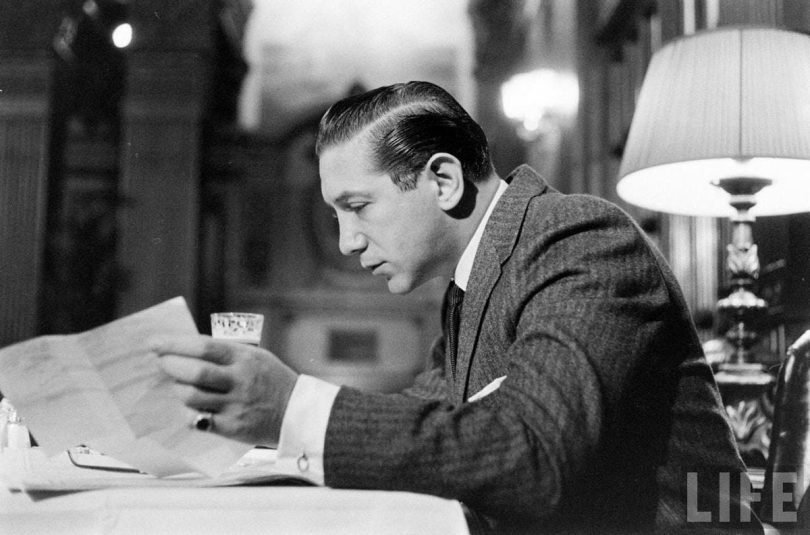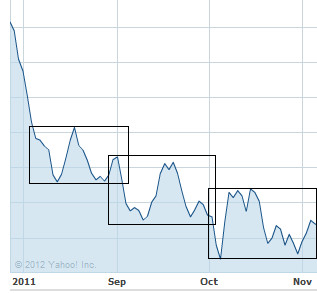Wall Street as a Casino: Darvas’s Provocative Perspective
Every trader has their icons—figures who exemplify success and innovation in the trading world. Nicolas Darvas, a ballroom dancer turned stock market wizard, serves as an inspiration for many because of his unconventional journey and groundbreaking strategies. His transformation from a performer to a millionaire trader illustrates that great traders aren’t born—they’re made through curiosity, discipline, and a willingness to evolve.
Darvas’s journey underscores a universal truth in trading: there’s no single path to success. Whether you’re a fundamental analyst pouring over earnings reports or a technician scrutinizing candlestick patterns, trading at its core involves calculated risk-taking. Darvas’s insights challenge the elitist mindset that dismisses spread betting or other speculative methods as mere gambling. His work emphasizes that the market rewards adaptability and a clear system over blind allegiance to any single method or ideology.
One of my trading idols in Nicolas Darvas, the ballroom dancer turned stock trader whom I first became aware of some years ago when I borrowed his book “Wall Street: The Other Las Vegas” from my local library. This was one of the first books that made me realise that the financial markets are like a giant casino, and that there is little difference between trading, investment, and other forms of speculation. Whether we look for patterns in price charts or studiously study budgets and balance sheets, we are all essentially gambling — which is one of the reasons why I don’t agree with so-called ‘serious’ investors who look down on spread betting purely because of the gambling-sounding word ‘betting’. I might also argue that blindly holding a falling stock forever as a long-term investment, in the face of adverse price action, is the biggest gamble of all.
“Wall Street: The Other Las Vegas”—The Markets as a Giant Casino
In Wall Street: The Other Las Vegas, Darvas likens the financial markets to a casino, where participants gamble on outcomes beyond their control. This perspective, though provocative, contains a critical lesson: successful trading hinges on managing risks and tilting probabilities in your favor. The gambling analogy reminds us that no strategy is infallible, and even the most informed decisions are susceptible to market randomness.
Darvas’s disdain for blindly holding falling stocks as “investments” highlights a common pitfall among retail investors: the inability to recognize when a bet isn’t working. His philosophy encourages traders to embrace stop-losses and exit strategies, treating every trade as a calculated risk rather than a marriage to a position.
The Journey from Fundamentalist to Techo-Fundamentalist
In How I Made $2 Million in the Stock Market, Darvas recounts how his trading strategy evolved through trial and error. Initially, he relied on fundamental analysis, delving into earnings reports and industry trends. However, the unpredictability of price movements led him to technical analysis, where he studied price patterns and trends.
His ultimate epiphany came when he synthesized both approaches, becoming what we now call a techno-fundamentalist. He recognized that a stock’s intrinsic value mattered, but understanding the market’s perception of that value was equally critical. This balanced approach allowed him to capture opportunities that purely technical or fundamental traders might overlook.
The Famous “Box Theory”
Darvas’s box theory is his most celebrated contribution to trading. He observed that stock prices often oscillate within well-defined ranges, forming what he called “boxes.” A stock’s breakout from its box signaled a potential upward or downward trend, offering a clear entry or exit point. His disciplined focus on these breakouts—paired with strict stop-losses—allowed him to minimize risk while maximizing gains.
For example, when a stock entered a box and began to climb toward the upper boundary, Darvas would wait for a breakout to confirm its strength before buying. If the stock fell below the box, he’d cut his losses. This simplicity made the strategy both robust and accessible, emphasizing the importance of having clear, repeatable rules in trading.
Darvas was not a spread bettor, because there was no such thing in those days. If he had been, I reckon he could have made even more money without the frictional costs — dealing fees and stamp duty reserve tax — of regular stock trading. Will his method still work today? That’s for you to decide…
Why Darvas’s Lessons Still Resonate
Even decades after his success, Darvas’s insights remain relevant. In an age of algorithmic trading and quantitative models, his disciplined, rules-based approach serves as a reminder that clarity and consistency often trump complexity. His journey illustrates the power of self-education and adaptability-qualities every trader must cultivate to thrive in the ever-changing markets.
Darvas’s story is more than a trading blueprint; it’s a testament to perseverance, open-mindedness, and the ability to learn from failures. For modern traders seeking inspiration, his books are not just historical accounts but practical guides to navigating the uncertainties of the market. Whether through his box theory or his embrace of technical and fundamental analysis, Darvas’s principles continue to illuminate the path for aspiring traders worldwide.


